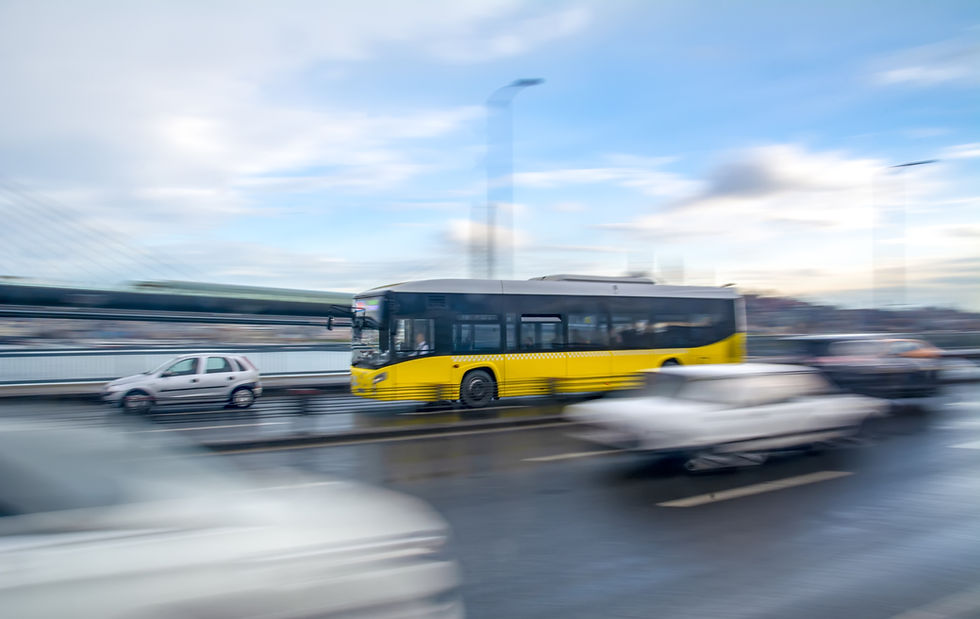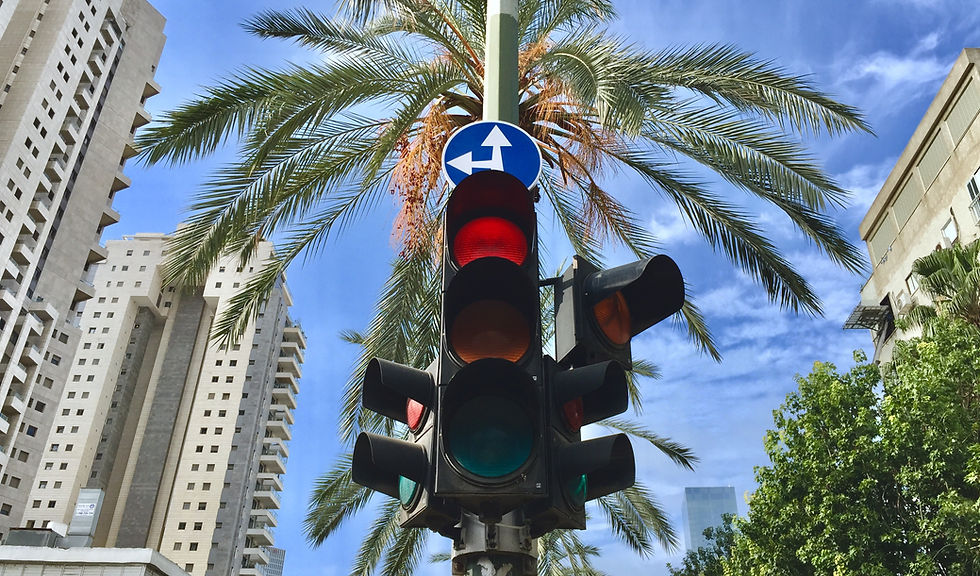








In Traffic
Walking
-
Only cross green lights, not red
-
Watch out for traffic
-
Watch out for cars and bikes
-
Do not run into the road
-
If you have to cross a road, stop, look first to the right, then to the left and right again
-
Use pedestrian crossings if possible
-
Beware of blind spots
-
Make eye contact with other road users
-
Remember that you, as a pedestrian, are most exposed
Where shall I go
-
With pavement:
-
Walk on the pavement on the left side of the road/rebate
-
-
Without pavement
-
If there is a cycle path: Walk on the cycle path and step aside if bicycles or mopeds come.
-
If there is no cycle path: Walk on the left side of the road, i.e. opposite the direction of travel
-
How should I cross a regular road?
-
Stop at the curb
-
The curb means stop. You must always stop before crossing a road.
-
-
Orientation
-
You must always look thoroughly for both sides. You must only cross the road when there are no cars coming
-
-
Crossing
-
You must always walk straight across the road at a good pace.
-
-
Poor visibility, e.g. when turning
-
It is best to avoid crossing the road where visibility is poor. Feel free to find a more suitable place.
-
-
Parked cars
-
It is best to avoid crossing the road where there are parked cars. But if you have to cross a road with parked cars, you must proceed carefully between the cars. Stand at the outer edge of the cars so you can see if there is a clear lane.
-
-
Pedestrian crossing
-
Always use the pedestrian crossing if there is one. You must still stop at the curb and look in all directions before crossing the road. Sometimes the cars hold back for you, but you can't be sure
-
What should I do if I have to cross the road at an intersection?
-
Cross
-
You must orient yourself in all four directions. That is you have to see both if there are people coming from the sides, and if there are people coming from the front or behind who will turn into the road you have to cross
-
-
T-junction
-
You must orient yourself in all directions.
-
-
Traffic lights
-
You must follow the light signal. But if it's already green when you get to the curb, it might be good to wait to cross until the next time it's green, so you have more time to cross the road. If it changes to red while you're about to cross, continue across the road at a good pace - don't run. Even though it is the traffic lights that control the traffic, you still have to orient yourself to all sides to make sure that there is a clear lane for you. You must especially keep an eye out for swerving road users who come from the front and behind.
-
Biking
-
Have the right equipment on the bike
-
Bicycle lights
-
Reflectors on the bike
-
Doorbell
-
Bicycle brakes
-
Bicycle lock
-
Pedals
-
-
You must drive on the right side
-
If there is a cycle path, you must ride on the cycle path, otherwise on the carriageway
-
You must signal with your arm before turning or stopping.
-
You are welcome to ride next to someone else, but only if it is not a nuisance to others. You must pull to the side and drive one behind the other if the road is narrow and there is an oncoming vehicle. The same applies if someone wants to overtake you
-
However, on cargo bikes (and other three-wheeled bikes) you must not ride next to others
-
You must have both feet on the pedals and at least one hand on the handlebars
-
There are no definite speed limits on the cycle path, but you can be fined if you drive recklessly or recklessly
-
There is no fixed alcohol limit for cycling, but you must not cycle if you are so intoxicated that it is not safe. Then you can get a fine
-
You must have a light on the bike during the light switch-on time. The lights must be clearly visible from at least 300 meters away
-
There is no requirement to use a bicycle helmet, but it is a really good idea.
-
It is forbidden to use a hand-held mobile phone when cycling.
-
Wear reflectors and a vest when it is dark
Electric Scooter
Rules for electric scooter
-
It is legally required to use a bicycle helmet
-
You must be 15 years old
-
If you are under 15, you must be accompanied by an adult
-
There may only be one person on the scooter
-
The speed limit is 20 km/h
-
You must follow the bicycle rules
-
You must have lights on all day
-
The alcohol limit is 0.5
Roller skates, scooters, skateboards
It is not permitted to use scooters, roller skates and skateboards on the road or cycle path. When you use these means of transport, you are actually considered to be walking. Your child may therefore only ride on roller skates, scooters and skateboards in places where people move as pedestrians, such as pavements, footpaths and pedestrian streets.
Advice
-
Make sure you wear the right safety equipment: Helmet, elbow, wrist and knee protectors.
-
Make sure the safety equipment is the right size and fits correctly.
-
Check if the equipment is in proper condition. Worn wheels and brakes can make it dangerous to use.

